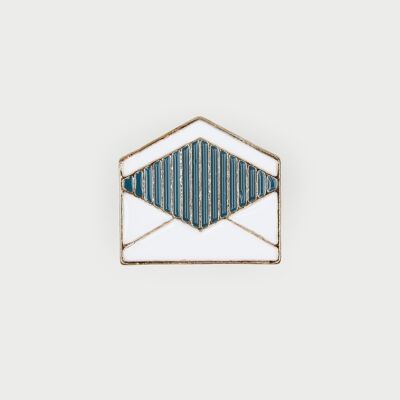

Enamel pins - badges with various Japanese motifs
Our enamel pins with black "rubber clutch" Tanuki, Aniki and Maneki-Neko from the Heldbergs series "Tokyo no Yoru" each present a character we love. We designed the pins together with our good friend Chris from Killerartworx. About the history of the pins: The roots of enamel pins go back to 1800 BC. BC Previous: The ancient Egyptians laid the foundation for the enamel manufacturing process. In China in the 13th century In the 19th century the first pins were designed, manufactured and became popular under Emperor Zhu Qiyo of the Ming Dynasty. Since the revolution in France, pins have been particularly popular in the military. Today, enamel pins are cool accessories, signs of individual expression and popular collectibles for everyone. Some more bonus information about the motifs: Tanuki: A striking distinguishing feature of the tanuki: It has clogs, the surroundings of which are described in an extremely derogatory way with the term “sack”. Unless you think of giant bags from blue and yellow furniture stores in which you can accommodate the daily production of an entire chicken farm. A Japanese children's song goes like this: Tan Tan Tanuki no kintama wa / Kaze mo nai no ni / Bura bura. Here is the translation for the multilingual daycare: Tan-tan-tanuki's balls / even if the wind isn't blowing / swing, swing. Yakuza: In the past, these were dazzling, often particularly stylish guys who were best avoided. Today things have become quieter around the Yakuza: fine threads, good manners, almost diplomatic. Inconspicuous underground. Some of them were missing a limb from their finger: if they messed up, they had to cut off a piece of it and present it to their big boss. That's why the Japanese version of Bob the Builder has 5 fingers instead of 4, so as not to be confused with a gangster. Maneki Neko: Widespread in Japan and beyond its borders is Maneki-neko: the waving cat. If she raises her right paw, she attracts money and luck and prosperity. The left one is responsible for summoning customers and visitors. A clever rogue could now come up with the idea of bending both of the feline's hands upwards. But the Japanese don't like that at all because it's exaggerated, greedy and inappropriate What do people in the Far East think of our Maneki Neko when it sticks out the stinky finger or the stinky claw? We do not know that, yet.
Heldbergs Games store also offers

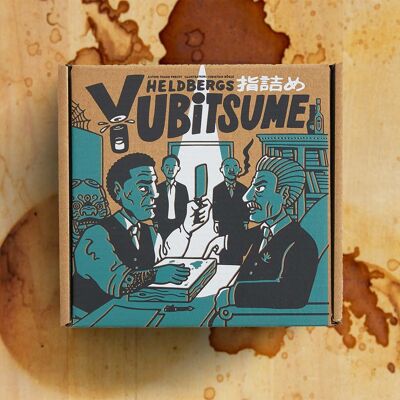
Dice game Yubitsume - reaction game
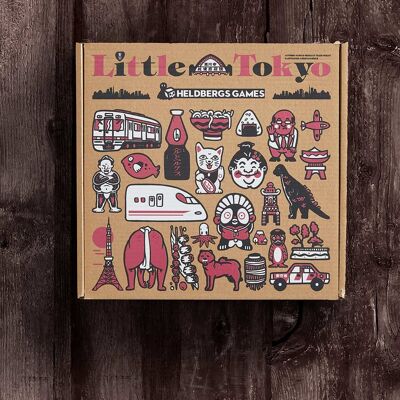
Little Tokyo stacking game with 30 Japanese wooden figures


Ramen Chef - Memo game for the whole family and friends

Party game for adults: DAN DAN DAN, reaction card game
Products you may like

I BELIEVE - Enamel Pin Badge
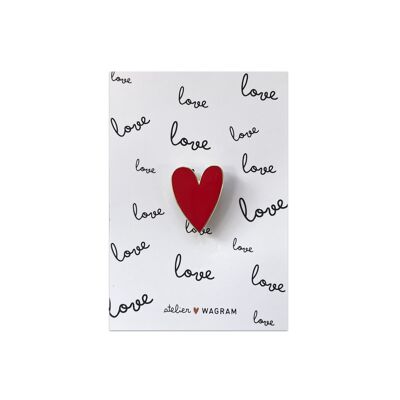
Enamel Heart Pins

Envelope Enamel Pins
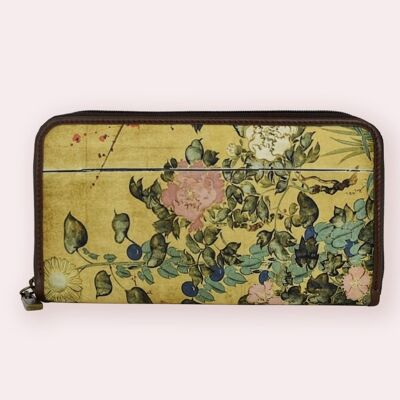
Wallet "Engraved Flowers" Japanese Art
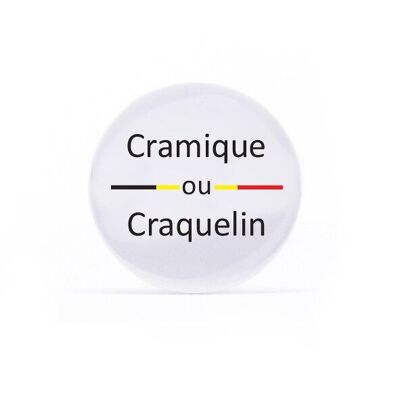
Ceramic Badge

Enamel Pins
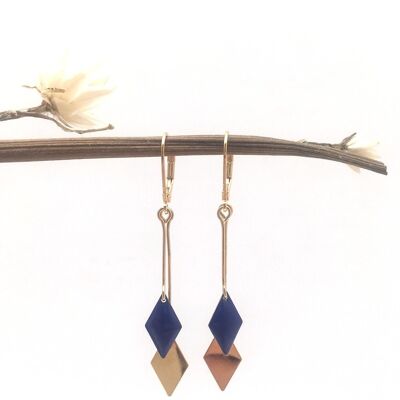
Graphic enamel buckles
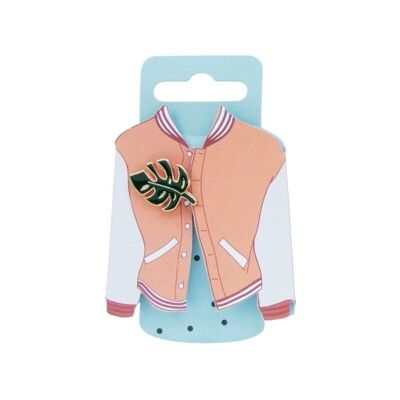
Leaf Enamel Pins

Collectable Mr Bean & Teddy Enamel Pin Badge Set of 2
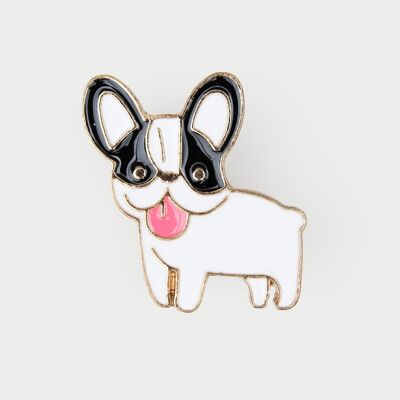
Enamel Pins

"Japanese 'POUCH

(Random Pick) Enamel Pins

Tote Bag History of art

Plane Enamel Pins
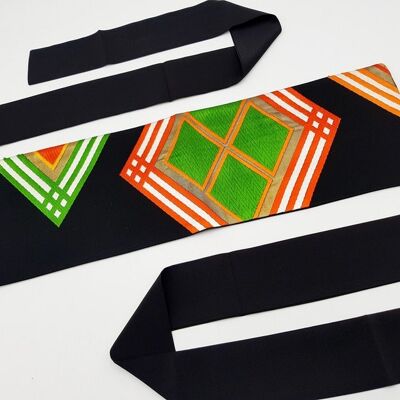
Vintage Japanese belts made from old traditional "Obi" belts

Envelope Enamel Pins

🐯 PopGrip Enamel The Tiger 🐯
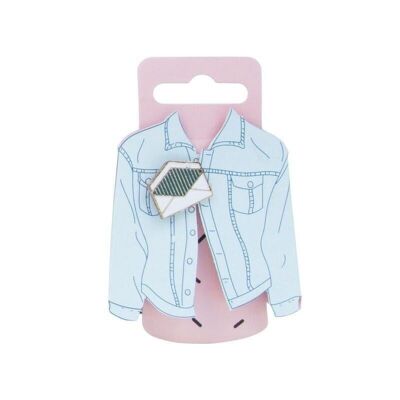
Enamel Pins Envelope

⛷️ PopGrip Enamel Vintage Gondola ⛷️
